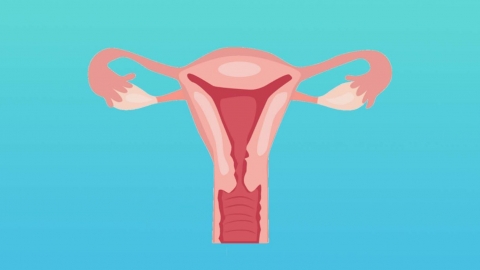What does "uterorectal pouch" mean?
Normally, the rectouterine pouch (also known as the pouch of Douglas) is a recessed area between the uterus and the rectum within the female pelvis, and is the lowest part of the pelvic cavity. A detailed explanation is as follows:

If there is only a small amount of physiological fluid accumulation in the rectouterine pouch and no symptoms such as abdominal pain or fever, it is usually considered a normal physiological phenomenon. This fluid accumulation commonly occurs during ovulation or menstruation and is often caused by leakage of follicular fluid or retrograde menstrual blood into this area. No special treatment is required as the fluid can be absorbed naturally without affecting health.
When there is significant fluid accumulation or abnormal echoes in the rectouterine pouch accompanied by symptoms such as lower abdominal pain, fever, or abnormal vaginal discharge, it may indicate pathological causes such as pelvic inflammatory disease, ectopic pregnancy, or ruptured ovarian cysts. For example, pelvic inflammatory exudate can lead to increased fluid accumulation, and bleeding from a ruptured ectopic pregnancy may collect in this pouch. In such cases, prompt medical attention is necessary to determine the cause through gynecological examination and ultrasound, followed by targeted treatment to prevent worsening of the condition.
There is no need to be overly anxious upon discovering abnormalities related to the rectouterine pouch. The nature of the condition should be assessed by a physician based on symptoms and diagnostic results. Physiological conditions require only regular follow-up examinations, while pathological issues necessitate active treatment of the underlying cause. Maintaining good personal hygiene in daily life can help reduce the risk of pelvic infections.




